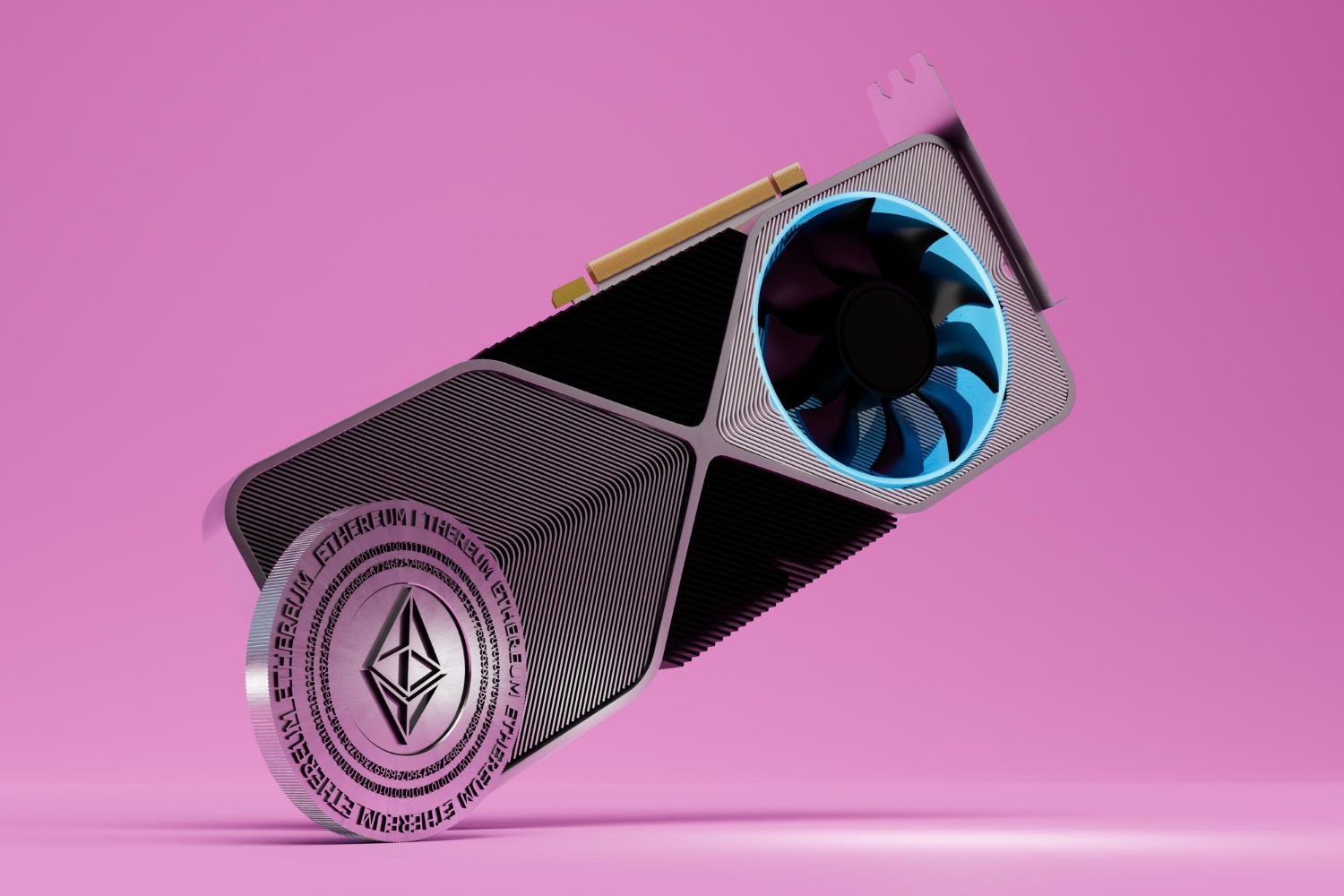See What Old Ethereum Miners Are Doing With Their Equipment
Many miners will eventually opt to shut down their machines because they are no longer profitable or efficient enough to use — but some are discovering inventive methods to utilize all that computer hardware that is simply lying around collecting dust

Following an Ethereum network update that rendered most of their activities outdated, ether miners are left with hard choices on what to do with their mining equipment. The transition of Ethereum from a proof-of-work to a proof-of-stake model will make it much more energy efficient, which will be a significant catalyst for crypto adoption in the traditional world.
However, this upgrade will leave miners out in the cold. Although they validated transactions and generated new currencies with a large amount of specialized computer equipment, those services will no longer be relevant in the creation of the most used blockchain network. The 'Merge' replaces powerful graphics cards used by Ether miners with investors who stake Ether to safeguard the Ethereum network and confirm transaction data encrypted by the blockchain.
Indeed, mining may be profitable, but it takes a strong computer and enough electricity to keep it going; hence, transitioning to PoS is necessary to facilitate the traditional adoption of the many DeFi services on the Ethereum network.
The Basics of Mining
Ethereum mining is the process of producing and adding a block of transactions to the Ethereum blockchain network, which the miners must authorize to maintain security on the Ethereum network. Miners on the Ethereum Blockchain Network employ a Hashing Scrypt (Ethash) to solve computationally difficult problems to effectively mine transaction blocks; this helps to protect the network from assaults such as hacking or identity alteration.
An Ethereum wallet to hold all earned cash, GPU drivers or Graphics Card with a minimum of 3GB RAM, mining software suited for your hardware such as GPU, and a compatible operating system were all required to be an efficient miner for Ethereum on personal computers (Windows 7 or 10, 64 bit).
How The Merge Affected Mining
The Merge makes Ethereum one of the first blockchains to go from proof-of-work validation to proof-of-stake validation for greater energy efficiency, adding to the uncertainty over the future of mining. In addition, miners who benefited from the proof of work validation are now disadvantaged as a result of the change.
What Old Miners Do With Their Mining Equipment
Many miners will eventually opt to shut down their machines because they are no longer profitable or efficient enough to use — but some are discovering inventive methods to utilize all that computer hardware that is simply lying around collecting dust. Below are some innovative applications for outdated mining equipment.
Mining Alternate GPU Compatible Coins
A quarter of the computational power is being transferred from Ether miners to other currencies. After the Merge, miners will be able to easily convert to Ethash alternatives and other GPU-mineable currencies. The difficulty is that there is a limit to how much computer power these other networks can use before becoming unprofitable for the typical miner — and it isn't much.
Miners earned $318 million in Ethereum Classic mining last year, compared to $18.4 billion in Ethereum mining, an almost 60-fold differential. Furthermore, Ethereum Classic's collective computational power (hashrate) is around one-third of that of Ethereum. The more hashrate a network has, the more competition for blocks there is, resulting in miners earning lower rewards per unit of hashrate.
To put it another way, Ethereum Classic could not sustain even a fraction of Ethereum's miners without destroying mining profitability. As it stands, ETC would need to climb 5000% for miners to earn the same profits on Ethereum Classic as they did on Ethereum if everyone were to switch. It is projected that part of the Ethereum Classic processing power would leave the network because mining is unprofitable for even users with superior equipment and low-cost power.
Furthermore, an increment in the number of miners competing for mining rewards raises competition; so, naturally, the more miners there are, the lower the payout. As a result, an inflow of computer power from Ether miners has driven mining earnings for the other main alternative coins to zero.
Apart from Ethereum Classic (ETC), old Ethereum miners have also attempted mining Ravencoin, Ergo, and ETHW; however, profitability remains an issue.
Using GPU For High-Performance Computing
These GPUs, which can handle enormous data quantities, can also be utilized for AI acceleration and virtual simulations. They might potentially be repurposed to offer on-demand machine learning or VFX rendering services to consumers. Another intriguing option is to use the remaining GPUs to power huge neural networks and data centers.
In this case, the GPUs would direct their exorbitant wattage into difficult, energy-intensive undertakings.
For More Beginner Tips, As Well As Detailed Guides On Cryptocurrency And Blockchain Technology, Do Well To Visit The Cwallet Blog (Previously CCTIP Blog) And Follow Our Social Media Communities: